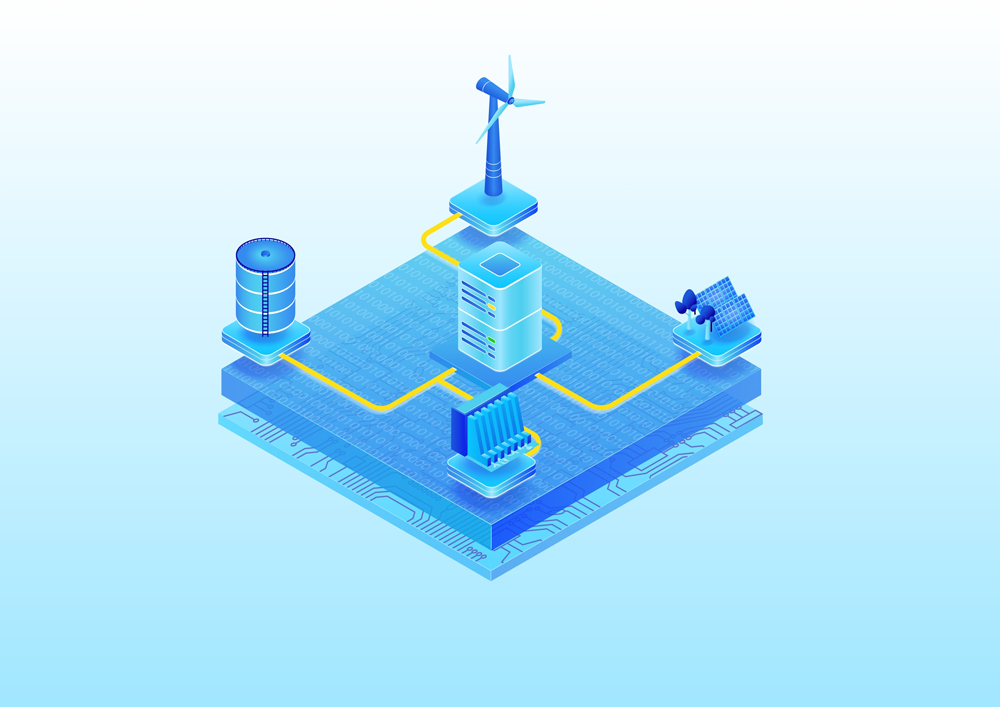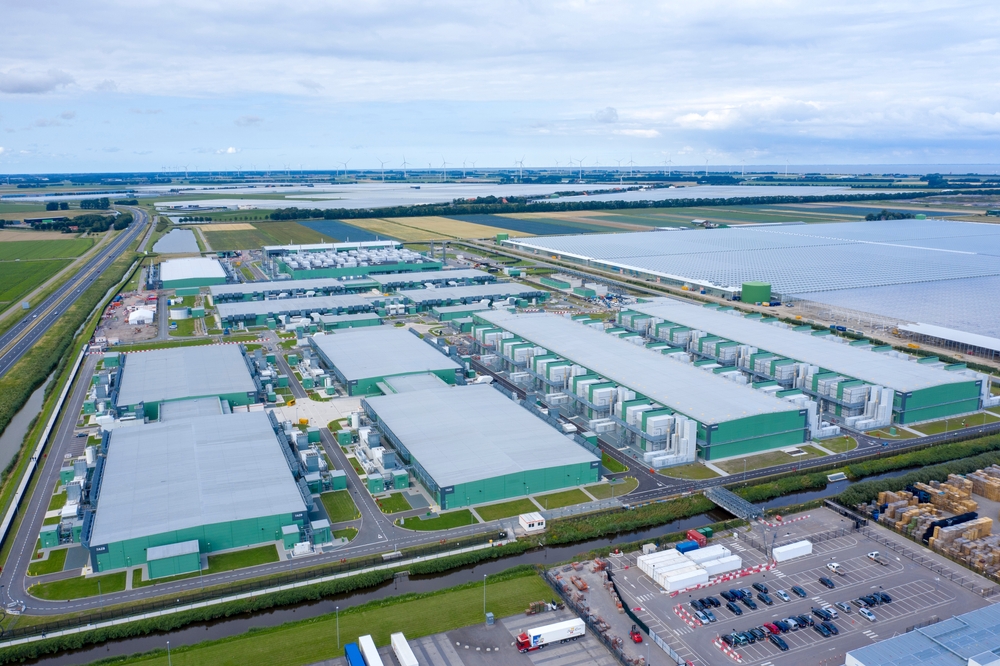
Looking back 20 years or more, data center space posed a significant challenge. Not only did large legacy platforms such as mainframes, AS/400s, and UNIX systems consume space, each Windows instance required a separate physical server — and those servers were multiplying fast. Teams saw annual data storage increase by more than 10%, and it was not uncommon to see data center raised floor utilization reach 90% or higher.
The rise of virtualization served as a saving grace, enabling multiple Windows instances on a singular server. Although this optimized space within the data center, another challenge emerged: power and cooling issues. The increased capacity on each server resulted in greater power and cooling needs to ensure stability.
When cloud computing entered the scene, many predicted it would replace corporate data centers by 2020. Instead, data centers have optimized space allocation, some using less than 20% of their raised floor. Yet, despite this reduction in space, many data centers have not seen parallel cost reductions. Today, corporate data centers are considered a major component of IT technical debt and should be included in a company’s technical debt reduction strategy.

Planning data center and technical debt strategies for 2023 should consider the effect of three key trends: climate change and sustainability, resiliency, and hyperscale data centers.
Trend #1: Climate change and sustainability
Sustainable data centers leverage energy-efficient technology to reduce their impact on the environment. According to the U.S. Department of Energy, traditional data centers consumer 10 to 50 times more energy than a typical commercial office building, and account for approximately 2% of total energy usage across the country. This signals a significant opportunity for data centers. In fact, most cloud-based and managed services providers are adopting green energy sources for data centers.
Rising temperatures and severe weather conditions impact businesses and data center strategies as well. These events can have a direct impact on power, cooling, and stability. According to a study conducted by the Uptime Institute, 1 in 10 global IT leaders recognize a dramatic increase in climate change risk and are making strategy changes to mitigate those risks for on-prem data centers.
Trend #2: Resiliency
Availability has always played a key role in IT success metrics. Unfortunately, the combination of an unstable power grid, increasing weather disruptions, cybersecurity threats, and a global pandemic that exacerbated labor constraints and supply chain issues created the perfect storm to threaten data center resiliency. In the past few years alone, we have seen several cloud-reliability concerns associated with large data service providers. “The number of outages has declined, but the consequences continue to worsen,” noted the Uptime Institute in its 2021 Global Data Center Survey.
Hybrid architectures are often composed of distributed, disparate components in a mix of public and private cloud environments and legacy architectures. These environments are complex and pose significant risk without the right strategy, architecture, design, and security measures in place. Most managed service providers offer a menu of resiliency options across the entire hybrid spectrum to match specific IT and business needs.
Trend #3: Hyperscale data centers
First appearing about five years ago, hyperscale data centers have now risen to approximately 700 locations around the world. As more enterprise organizations move to the cloud, hyperscale data centers will rise to meet the growing demand. Some of the drivers of hyperscale data centers include increasing demand for:
- Scalability for both hardware and data storage needs
- Redundancy and resilience to ensure zero downtime
- Energy efficiencies to meet sustainability goals
- Increased automation and artificial intelligence for IT operations

While these are just a few of the data center trends we’re seeing this year, one thing is clear: You need a trusted advisor to help your organization prepare for the volatility of the coming years. The Windsor Group Sourcing Advisory has a strong track record of assessing and mitigating financial, operational, and IT risk. Contact us today.

